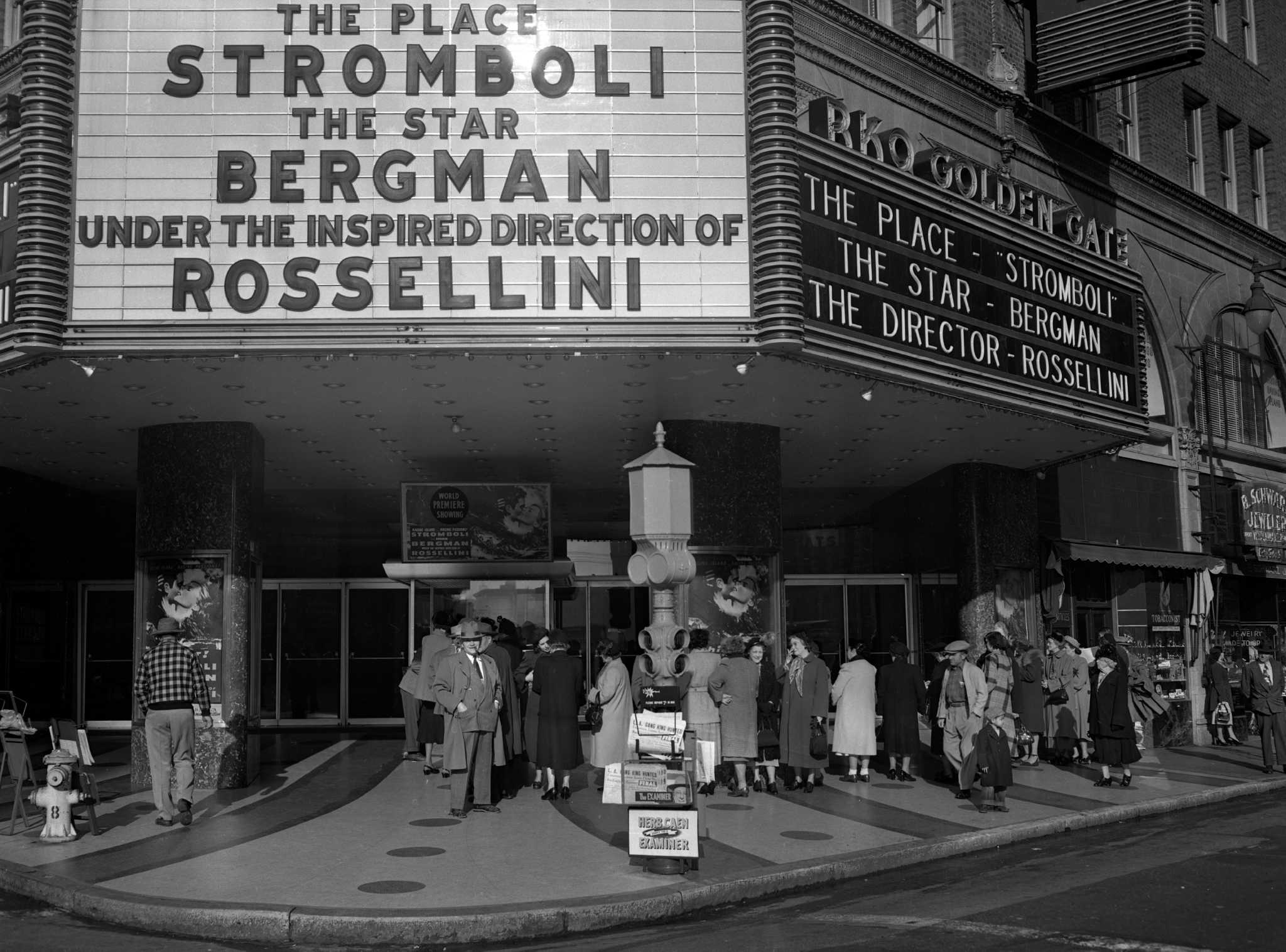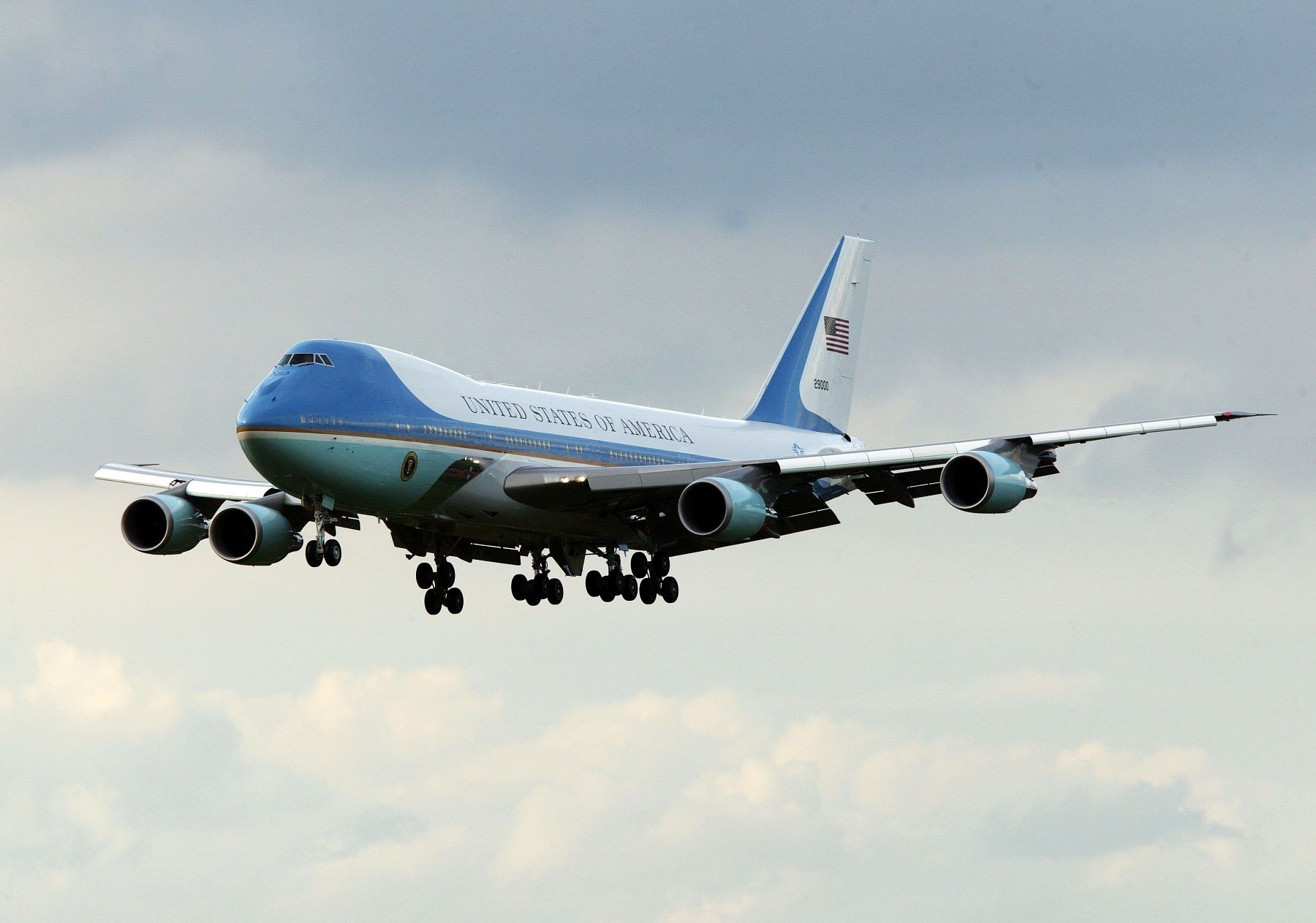
1920s cinema stands as a pivotal era in film history, marking a transition from silent films to the first experiments with sound. This decade, often referred to as the "Roaring Twenties," was a time of immense creativity and technological innovation in the movie industry. Directors and actors became household names, and the concept of a blockbuster movie took shape. With the introduction of genres that still captivate audiences today, such as horror, comedy, and romance, cinema from the 1920s laid the groundwork for the modern film industry. In this exploration, we'll uncover 24 intriguing facts about 1920s cinema, highlighting its impact and legacy. From the first "talkies" to the rise of film icons, these insights offer a glimpse into a transformative period that forever changed how stories are told on the silver screen.
The Birth of a New Era in Film
The 1920s, often referred to as the Roaring Twenties, marked a transformative period for cinema worldwide. This decade witnessed the transition from silent films to the first experiments with sound, laying the groundwork for the modern film industry.
-
Silent films dominated the early part of the decade. Stars like Charlie Chaplin and Buster Keaton became household names without ever speaking a word on screen.
-
The first feature-length motion picture with synchronized dialogue, "The Jazz Singer," debuted in 1927, signaling the beginning of the end for silent cinema.
-
Color began to make its way into films during this era, though in a limited fashion. Techniques like Technicolor were used to add splashes of color to otherwise black and white movies.
Technological Innovations and Their Impact
The 1920s were ripe with technological advancements that forever changed the way films were made and viewed.
-
The introduction of the Movietone sound system in 1926 allowed for sound to be recorded directly onto film strips, improving the audio quality of movies.
-
Safety film was introduced in the mid-1920s, replacing the highly flammable nitrate film and making movie theaters safer for audiences.
-
The decade also saw the rise of newsreels, short films that were shown before the main feature and provided audiences with news and current events, a precursor to modern-day news broadcasting.
The Golden Age of Hollywood
The 1920s marked the beginning of Hollywood's rise as the heart of the film industry, a status it still holds today.
-
The studio system took shape during this period, with major studios like MGM, Warner Bros., and Paramount controlling a significant portion of film production, distribution, and exhibition.
-
"The Big Five" studios, which also included 20th Century Fox and RKO, were the major players, owning their own theaters and creating a monopoly over the film industry.
-
Iconic films like "Metropolis" (1927) and "The Kid" (1921) were produced, showcasing the artistic and technical prowess of filmmakers during this era.
Cultural Impact and Global Influence
The influence of 1920s cinema extended beyond the screen, affecting culture and society in various ways.
-
Films became a major source of entertainment for the masses, offering an escape from the realities of post-World War I life.
-
The decade also saw the rise of the flapper, a new type of young woman who was bold, liberated, and often seen as a symbol of the era's cultural revolution. Films played a significant role in popularizing this image.
-
Cinema in the 1920s had a global impact, with Hollywood films being exported and watched around the world, spreading American culture and ideals.
Stars of the Silent Screen
The 1920s cinema produced some of the most iconic figures in film history, whose legacies endure to this day.
-
Charlie Chaplin, known for his character "The Tramp," became one of the most famous figures in the world, embodying the spirit of the silent film era.
-
Rudolph Valentino, a leading man known for his roles in romantic dramas, became a symbol of the exotic and the mysterious, captivating audiences worldwide until his untimely death in 1926.
-
Greta Garbo made her film debut in the 1920s, starting a career that would make her one of the greatest actresses in the history of cinema.
The End of an Era and the Dawn of Sound
As the decade drew to a close, the film industry stood on the brink of a major transformation with the advent of sound films.
-
"The Jazz Singer" not only marked the decline of silent cinema but also showcased the potential for musical films, a genre that would become immensely popular in the coming decades.
-
The success of sound films led to the rapid conversion of theaters to accommodate the new technology, with many silent films being re-released with synchronized soundtracks.
-
By the end of the 1920s, nearly all major film productions were being made with sound, ushering in a new era for cinema and effectively ending the silent film era.
Legacy of 1920s Cinema
The innovations and changes that occurred in the 1920s cinema have had a lasting impact on the film industry and popular culture.
-
The techniques developed during this era, from sound recording to color cinematography, continue to influence filmmaking today.
-
The stars of the 1920s, such as Chaplin, Keaton, and Garbo, remain iconic figures, celebrated for their contributions to the art of cinema.
-
The shift towards sound films opened up new possibilities for storytelling, allowing filmmakers to explore dialogues and musical scores as integral parts of cinematic expression.
-
The global reach of Hollywood films established during this period laid the foundation for the worldwide dominance of American cinema.
-
The studio system, despite its eventual decline, set the stage for how films are produced and distributed, influencing industry practices for decades.
-
Lastly, the cultural phenomena that emerged from 1920s cinema, from the flapper lifestyle to the fascination with Hollywood glamour, continue to captivate the imagination of audiences around the world, proving the enduring power of film as a medium of cultural expression.
A Final Reel on 1920s Cinema
Diving back into the roaring twenties, we've journeyed through a decade where cinema transformed from silent shadows to speaking figures, marking a monumental shift in entertainment history. Icons like Charlie Chaplin and Buster Keaton became household names, their silent antics laying the groundwork for modern comedy. The introduction of talkies with "The Jazz Singer" wasn't just a technological triumph; it was a cultural earthquake, reshaping the landscape of storytelling. This era's influence extends beyond its decade, setting the stage for the cinematic wonders we cherish today. From the glitz and glamour of Hollywood's Golden Age to the innovative storytelling techniques that filmmakers continue to refine, the legacy of 1920s cinema is a testament to the enduring power of visual storytelling. As we look back, let's celebrate the pioneers who dared to dream in frames and reels, forever changing how we see the world.
Was this page helpful?
Our commitment to delivering trustworthy and engaging content is at the heart of what we do. Each fact on our site is contributed by real users like you, bringing a wealth of diverse insights and information. To ensure the highest standards of accuracy and reliability, our dedicated editors meticulously review each submission. This process guarantees that the facts we share are not only fascinating but also credible. Trust in our commitment to quality and authenticity as you explore and learn with us.


